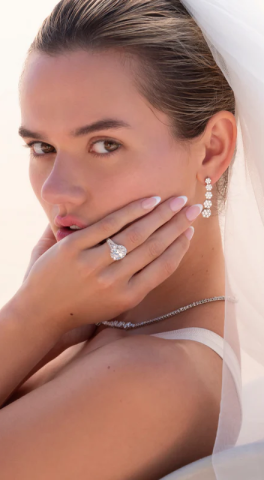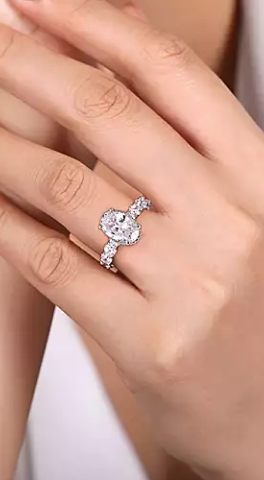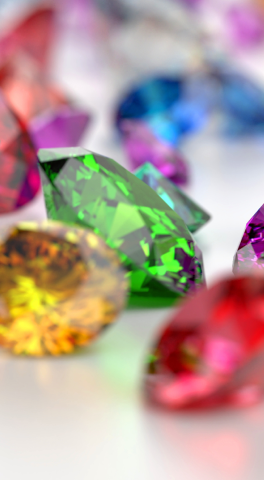Essentials on Engagement Ring Assembly Process
Firstly, choose the precious metal your engagement ring
In order for you to decide on the perfect engagement ring, consider first the precious metal you want it to feature, since it greatly impacts the look of the ring. Main metals include yellow gold, rose gold, white gold and platinum. Generally, white gold and platinum suit any skin complexion, while yellow and rose gold are perfect matches to warmer skin undertones.

Don’t forget to also make sure you choose the perfect diamond to go along with the ring. Diamonds can have the following cuts: round, oval, princess, cushion, pear, emerald, and marquise. Then, once you're set on the ring setting, this is the assembly process that will follow at Peter Franklin:
Engagement ring assembly process

The Melt
The first thing to be done in the process is to melt down the metal required for each alloy. Each metal/alloy such as 18ct yellow gold/platinum has a separate melt. Each of these melts (if more than one) is then poured into a mold that shapes the alloy into an ingot or bar.

Sheet Making
A rolling press machine is used to roll the bar of chosen alloy into a sheet. The rolling process increases the hardness of the alloy and removes porosity from the ring, which ultimately creates a very high quality metal.

Stamping
Next, the sheet alloy is placed into a blanking press which stamps seamless ring blanks out of the sheet using high pressure. This is important because it changes the quality of the metal into something more malleable.

Rolling
After that, each ring blank is rolled/expanded into the approximate dimensions required. This makes sure that what will be the ring begins to take form into the size that it will acquire in the near future.

Machining
The now sized ring blanks are machined using a lathe into the ring shape (D shape, etc.), width and depth required by the customer. At this stage, any decorative patterns required will be applied to the ring. Once the machining processes are completed, the ring will be sent to the polishing process.

Polishing
Once the ring is hallmarked, the ring blanks are polished/buffed by hand on the inside, outside and sides of the ring. If a ring requires a particular finish (e.g. satin), then it’s at this stage that it will be applied.

Diamond Setting
On engagement rings, diamonds are required. Sometimes, the same goes for gemstones, like in the three-stone setting ring. Our diamonds are selected by our in-house diamond expert and then passed on to the diamond setter for setting by hand.

Engraving
We use a powerful laser engraving machine to engrave our rings, which produces very high quality deep engravings. This ensures the quality of the ring. This is important in cases in which people choose to leave a mark on the ring, to leave a memory forever to live with their loved ones.

Finishing
By this stage, the ring will basically be complete, but it will require a final quick polish to ensure that the ring surfaces are perfect. Depending on the type of the precious metal, it requires different types of finishing treatments. In particular, rings that require rhodium plating such as 9ct and 18ct white gold also get plated at this stage.

Quality Control
This is the final step in which every single ring is checked to ensure that it not only meets the customer’s requirements, but also our very high standards. We want to make sure that what we deliver to our client is the very best, so quality control is of utmost importance.










